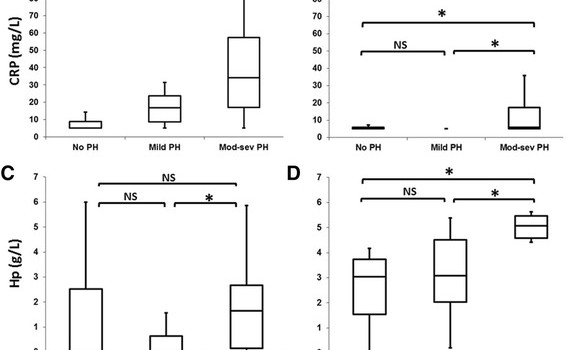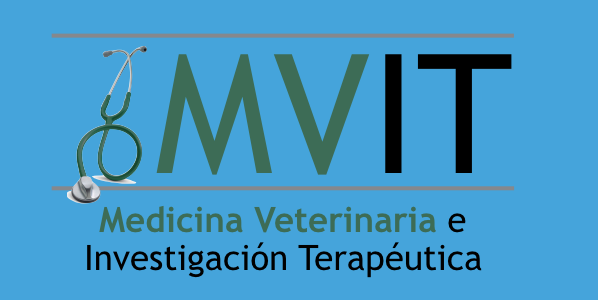
Acute phase proteins and markers of oxidative stress to assess the severity of the pulmonary hypertension in heartworm-infected dogs
Carretón, E.a, Cerón, J.J.b, Martínez-Subiela, S.b, Tvarijonaviciute, A.b, Caro-Vadillo, A.c, Montoya-Alonso, J.A.a
- aFaculty of Veterinary Medicine, Research Institute of Biomedical and Health Sciences (IUIBS), University of Las Palmas de Gran Canaria, Trasmontaña s/n, Las Palmas, Gran Canaria, Arucas, Spain
- bInterdisciplinary Laboratory of Clinical Analysis (Interlab-UMU), Veterinary School, University of Murcia, Murcia, Spain
- cMedicina y Cirugía Animal, Faculty of Veterinary Medicine, University Complutense of Madrid, Madrid, Spain
Abstract
Background: Canine heartworm infection is characterized by pulmonary endarteritis and pulmonary hypertension (PH). The aim of the present study was to evaluate the relationship between PH with the concentrations of different positive (C-reactive protein [CRP] and haptoglobin [Hp]) and negative (albumin and paraoxonase-1 [PON-1]) acute phase proteins (APP), as well as the oxidative stress, by measuring glutathione peroxidase (GPx) and total antioxidant capacity (TAC) in 27 heartworm-infected dogs on Day 0 (diagnosis) and Day 120 (1 month after the last adulticide injection). Presence/absence of PH was determined by the Right Pulmonary Artery Distensibility (RPAD) Index. Results: On Day 0, 62.9% of the dogs showed PH. Concentrations of CRP and Hp were higher in dogs with PH, especially in dogs with moderate-severe PH (P < 0.005 and P < 0.05, respectively). Albumin and PON-1 concentrations were higher in dogs without PH (P < 0.05 for albumin). On Day 120, 59.2% of the dogs presented with PH; CRP decreased while Hp increased (P < 0.005 and P < 0.05, respectively). Also, albumin and PON-1 rose, especially in absence of PH. There were not significant changes in the serum values of GPx and TAC. Conclusions: CRP and Hp have a potential prognostic role in dogs with dirofilariasis because increases in positive APP correlated with presence and severity of PH. CRP decreased, but Hp persisted at an elevated level in dogs with PH 1 month after the end of the adulticide treatment. CRP and Hp could work as early biomarkers of PH and be useful to stage the disease and to monitor the evolution of the patient and indirectly evaluate the persistence of arterial damage after the parasites have been eliminated. Albumin and PON-1 also showed potential value as markers of PH, although further research is necessary to determine its utility.



